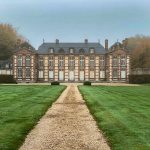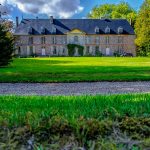Veules-Les-Roses in Upper Normandy is one of the best kept secrets for most tourists, especially the foreign ones, but as a place to visit, it is most interesting and rewarding. It’s a very small village (some 600 inhabitants) that is foremost a beautiful, scenic and very photogenic village. Although notable visitors like Victor Hugo stayed here, you really need to have heard of this place to visit it. And when you do, you’ll come back.
Veules-Les-Roses has several points that make it so interesting and scenic. First of all, it has the smallest river in France, the “Veules” with 1.19 kilometres (0.7 miles) in length. The river starts at one end of the village and ends in the sea.
The word “Veules” comes from the English word “wellas” which used to mean “well”, or maybe from the Vikings, were the word “vella” also meant “well”.

And that’s the second interesting part, it’s located at the sea. It’s categorised as a sea/beach resort village but don’t expect a Hyatt or Hilton hotel at the beach. In fact, the only hotels are small and most of them are B&B’s. And as usual for this part of Normandy, the beach is not made out of sand but small pebbles.
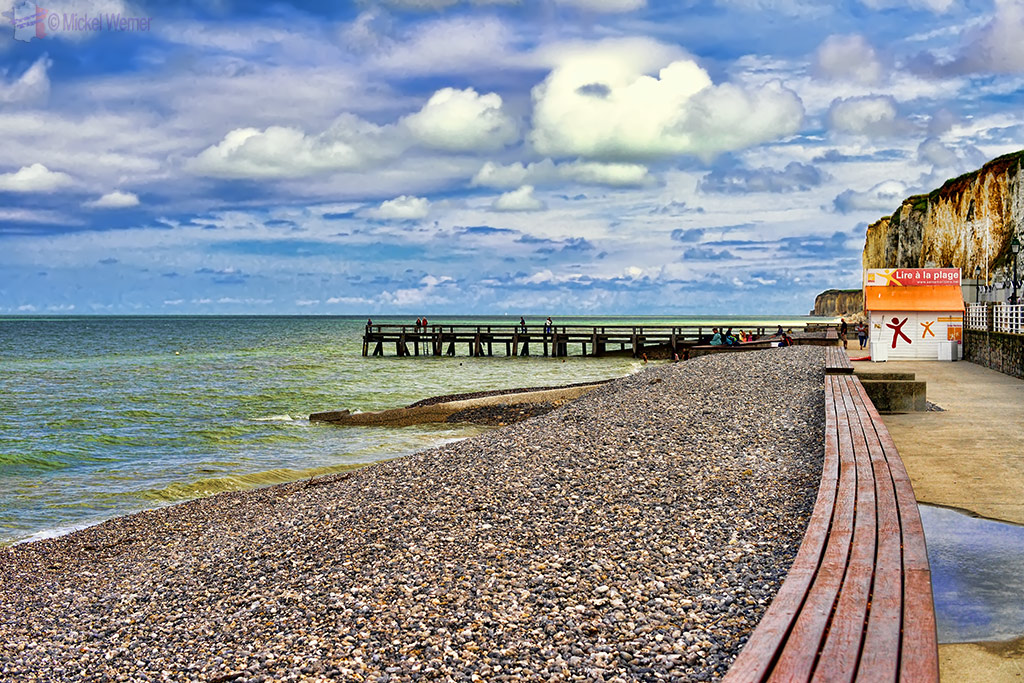
Thirdly, there are several watermills alongside the smallest river of France. Three of them have been restored and even work. They are held privately, but you can see them from up-close (FYI, in France you require a permit to have a watermill turning. You can buy a watermill that doesn’t turn, but if you want it to turn, you need a license/permit, requiring some hours of studying).

And finally, and most importantly, many of the houses at Veules-les-Roses are still maintained as they used to be when they were built several centuries ago. In other words, thatched roofs, old but well maintained houses and a layout that makes the village a great walk.
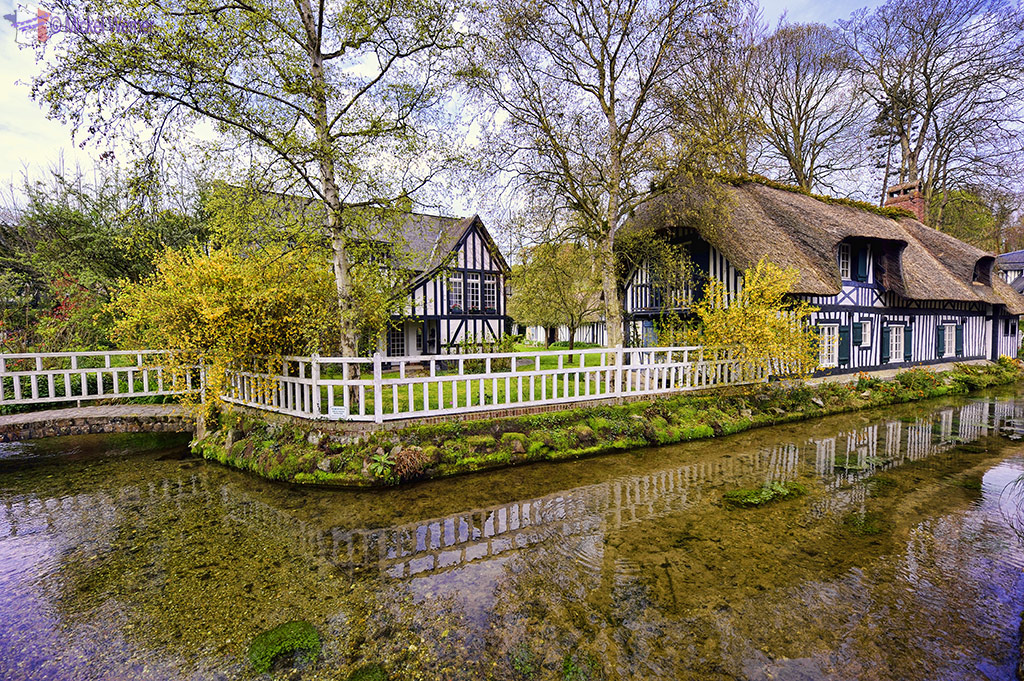
Another interesting point of the village is that they grow watercress. It’s a rather big industry, and you’ll find several of these watercress “fields” located on the Veules river.
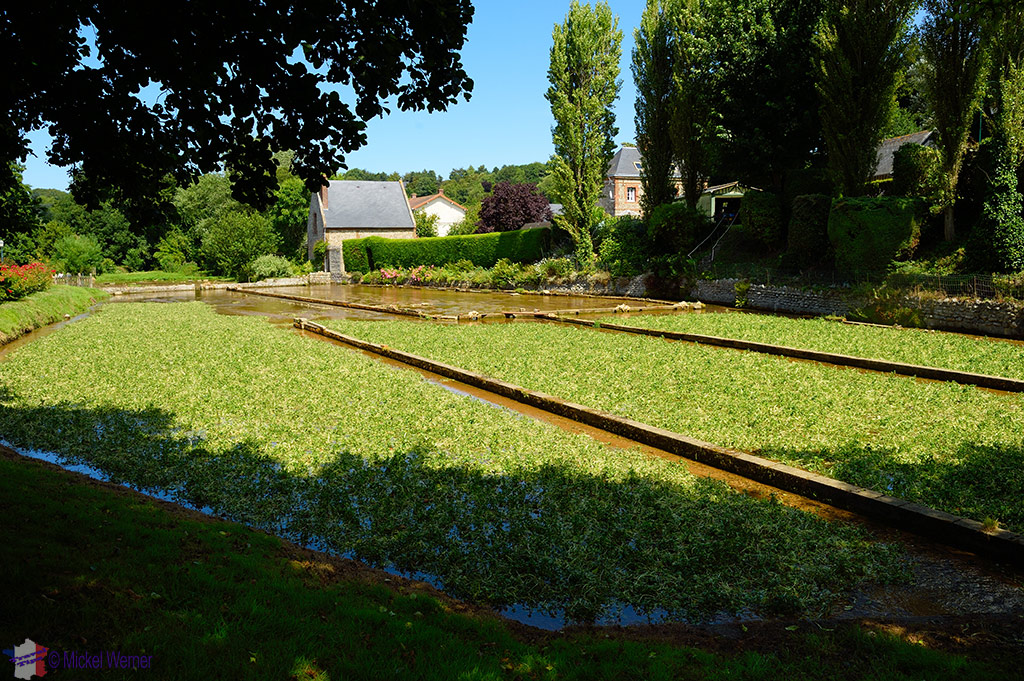
And since they grow it in abundance, you can buy it on the spot. They have a small counter alongside one of the fields selling the watercress by the kilo.
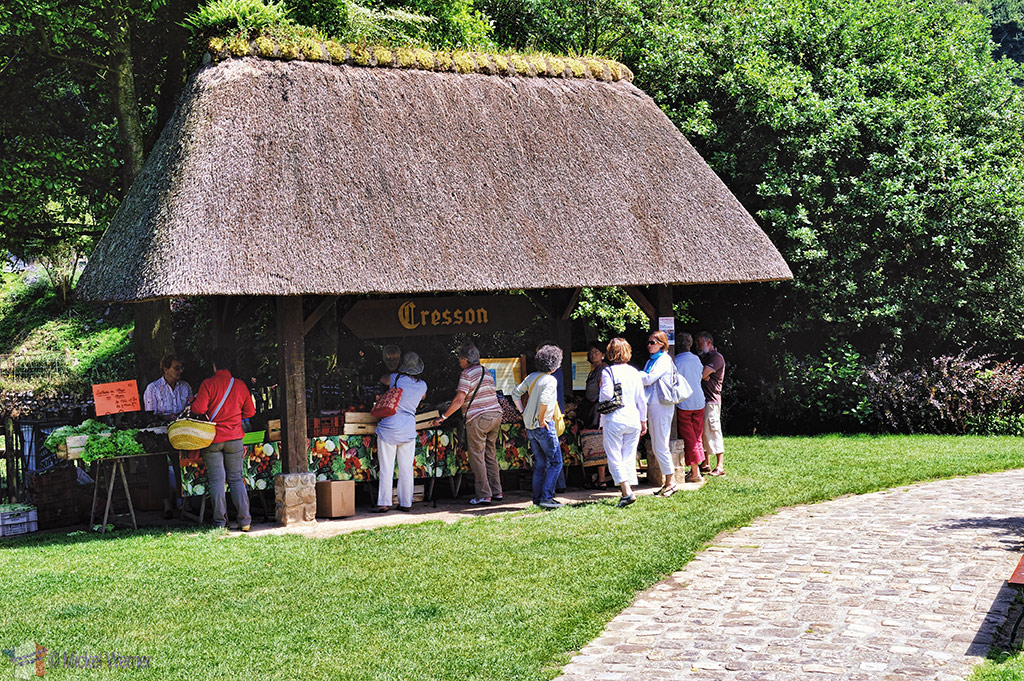
Walking Paths
There are several walking paths in the village. Most of them start at the beginning of the village (where there is a free car park) and snake through the village. Two of the paths take the “high road”, meaning a small climb upwards, nothing steep but more or less difficult for wheelchairs. But the lower roads can easily be taken by wheelchairs.

The scenic road you see above leads you to an 18th century watermill used to make oil until 1806 when it was turned into a corn mill. It was active until 1952. Several of these roads will allow you to see many beautifully restored houses. One is even the property of an Ambassador and used as his weekend home.

Most of the scenic walks are alongside the Veules river, which branches out several times. So no matter where you walk in the village, you will always encounter the river and it’s many beautiful homes and watermills.
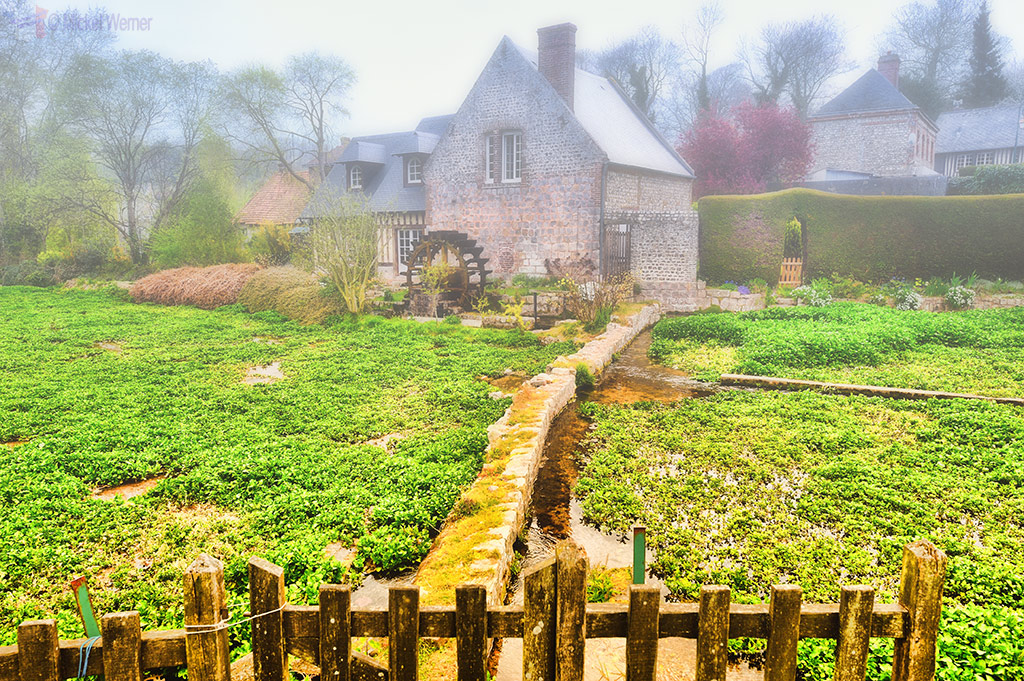
Following these paths, you will see many of these homes located next to the Veules river, one more beautiful than the other. Veules-Les-Roses gets its name from the Veules river and from the many roses you will see during your walk.
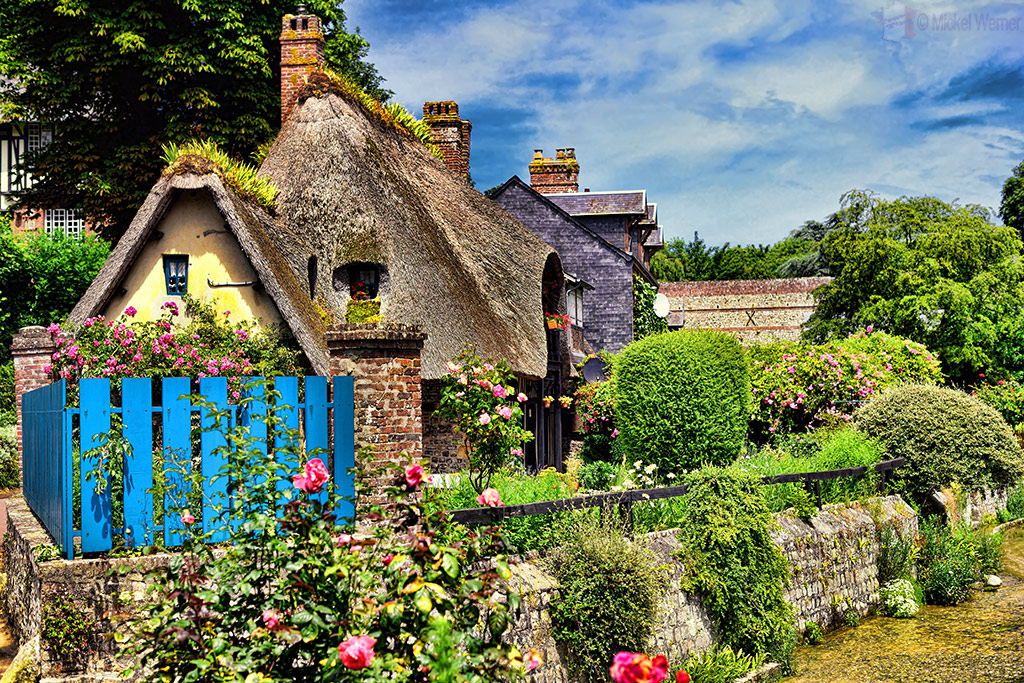
In the village centre you’ll find several shops, restaurants and hotels, but one jumps out: the Relais Hotelier Douce France.

This hotel has always been a hotel. Built in the 17th century as a coach inn allowing the weary travellers to spend the night before going on with their journey. They have many rooms, including suites, available for a moderate price.
TIP: Take your time to visit this place. Have some tea in the afternoon on the terrace or alongside the river. It’s very civilised.
Further up, walking towards the end of the village:
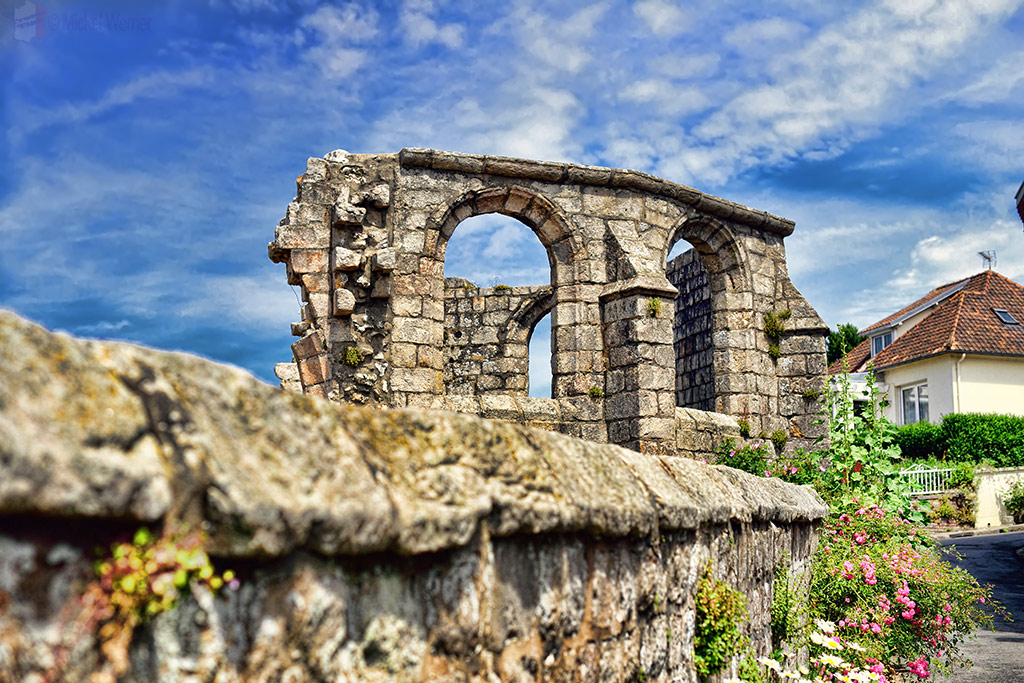
These ruins belong to the Saint Nicolas church built in 1095 and rebuilt in the 16th century, but was closed during the revolution in 1789. In 1821 it was demolished. A beautiful “Hosanna” cross can be found in its cemetery (not to be confounded with a Celtic cross).
TIP: Every 14th of August, an open air mass is celebrated here, dedicated to sea. This is held during the village’s Sea Festival.
When you keep going you will eventually end up at the sea:
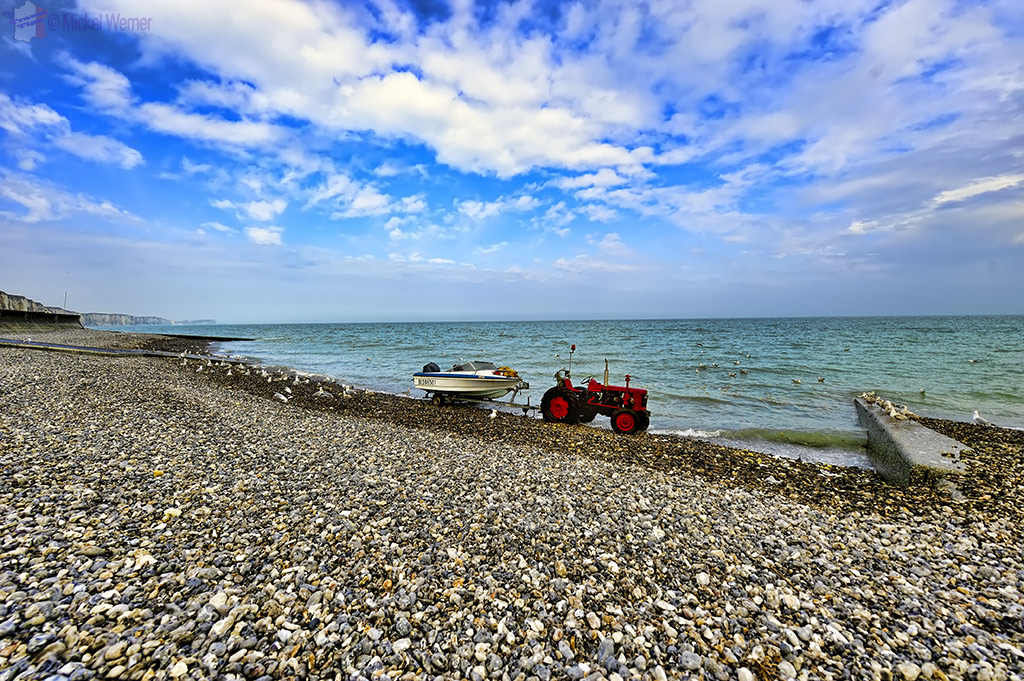
The pebble beach is also the harbour of a very active fishing fleet. However, there is no port; boats are pulled on land by tractors.
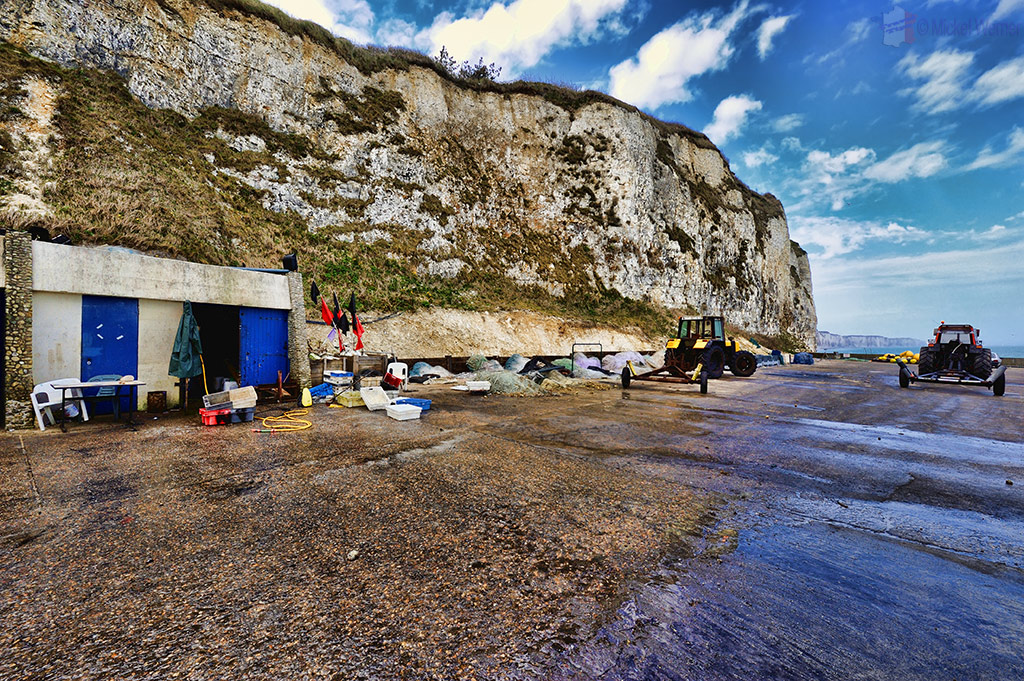
The fishing boats, after having been pulled onto land, sell their fish (mostly shell fish) directly to the public.
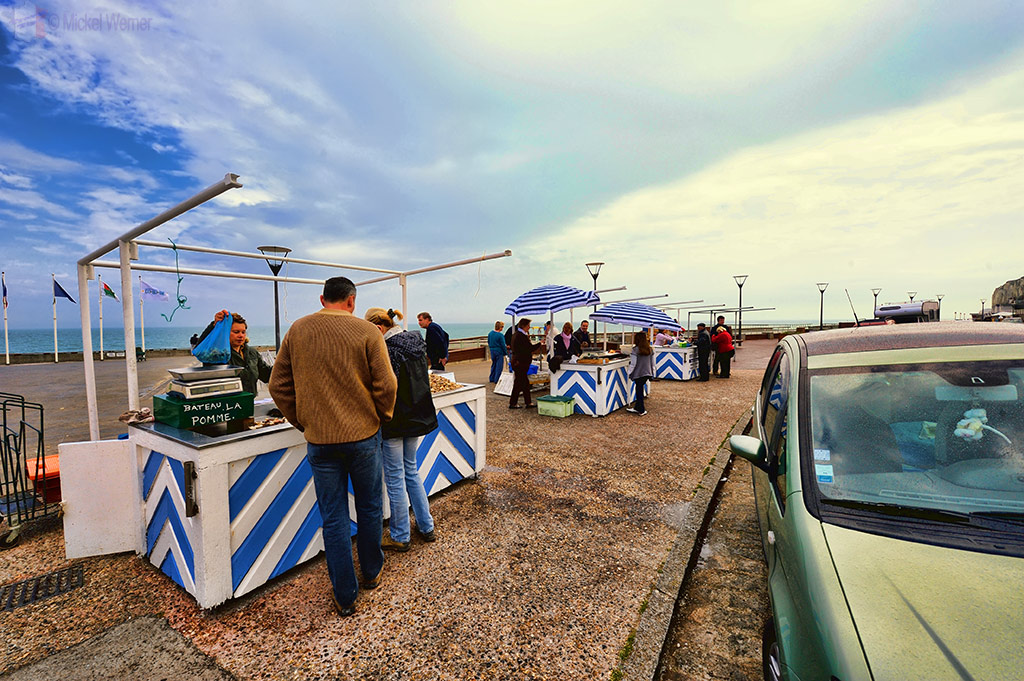
Each boat has its own stand, and you can see the name of the boat on signs next to each stand.
WWII Monument
Above, on the Northern side cliffs (towards Dieppe) you will find a monument dedicated to an enormous battle held here during World War II. In the opening phase of WWII the Germans rapidly invaded France, driving the French and their Allies out to the sea. Some 15,000 were caught between Veules-Les-Roses and St. Valery-en-Caux by the field marshal Erwin Rommel.
 Veules-les-Roses WWII Memorial and sunken ship canon.
Veules-les-Roses WWII Memorial and sunken ship canon.It was the biggest single day slaughter of the war. The French were on horseback fighting the German panzer tanks. Ships had come close to the coast during daytime (there was a heavy sea fog preventing them from coming at night) to evacuate the British and French soldiers, but one French navy ship, the Cerons, was sunk. The cannons of the sunken ship form part of the monument.

Apart from the WWII monument, there is an incredible view of the cliffs, with a view stretching to Saint Valery-En-Caux and its harbour.
Artists and Veules-Les-Roses
Veules-les-Roses was, and still is, a popular place for artists since it’s very pretty, with France’s smallest river running through it, several watermills, watercrest fields and most thatched roof houses that are still intact after centuries. The town owns its name thanks to the many roses planted here.
Here are all the artists that have worked in Veules-les-Roses and its surroundings (a link “⇠” will appear next to their names when published):
NOTE: A “*” next to their name means the artist did NOT work in the Veules itself, instead worked nearby.
- 🇺🇸 Boggs, Frank Myers * ⇠
- 🇷🇺 Bogolyubov, Alexey (Alexei) ⇠
- 🇺🇸 Butler, Theodore Earl ⇠
- 🇬🇧 Callow, William * ⇠
- 🇬🇧 Childers, Milly ⇠
- 🇫🇷 Garneray, Ambroise Louis * ⇠
- 🇷🇺 Gritsenko, Nikolai * ⇠
- 🇳🇱 Jongkind, Johan * ⇠
- 🇫🇷 Lebourg, Albert * ⇠
- 🇫🇷 Michallon, Achille-Etna * ⇠
- 🇬🇧 Peploe, Samuel ⇠
- 🇷🇺 Polenov, Vasily ⇠
- 🇫🇷 Signac, Paul * ⇠
- 🇬🇧 Talbot, Rosamund Constance *
Summary
Veules-Les-Roses is truly a well kept secret for insiders. Although very popular with locals, you’ll not find that many foreign, even French, tourists. But it’s definitely worth a detour if you are in the region. The very scenic and romantic village, the watermills, the watercress farms and several restaurants make this an excellent place to stop and walk.
TIP: Do not forget your photo camera. This village is worth it.
Related Posts
- 10000
 Transport Getting There Ferry: Closest ferry from the UK arrives regularly at Dieppe. Within Veules-Les-Roses Veules-Les-Roses is so small you'll spend more time trying to park than you would walk from one end to the other. Restaurants There are several reasonable, even good, restaurants in the village. The old coach inn,…
Transport Getting There Ferry: Closest ferry from the UK arrives regularly at Dieppe. Within Veules-Les-Roses Veules-Les-Roses is so small you'll spend more time trying to park than you would walk from one end to the other. Restaurants There are several reasonable, even good, restaurants in the village. The old coach inn,… - 10000
- 10000
 Built: 17th centuryStatus: PrivateVisitable?: Yes, only the gardensNotable: Property of Prince and Princess Kayali (Syria). The castle has not been modified since the 18th century. Known for the largest rose garden in Normandy.Web: None In a small town in Upper Normandy called Ermenouville you will find this quite spectacular castle.…
Built: 17th centuryStatus: PrivateVisitable?: Yes, only the gardensNotable: Property of Prince and Princess Kayali (Syria). The castle has not been modified since the 18th century. Known for the largest rose garden in Normandy.Web: None In a small town in Upper Normandy called Ermenouville you will find this quite spectacular castle.… - 10000
- 10000
 Watermills have been used over the centuries around the world to regulate water levels (notably in The Netherlands) or to grind wheat, corn and other products. For a watermill to exist you not only need a river, but you need especially a fast flowing river. Normandy, particularly Upper Normandy, has…
Watermills have been used over the centuries around the world to regulate water levels (notably in The Netherlands) or to grind wheat, corn and other products. For a watermill to exist you not only need a river, but you need especially a fast flowing river. Normandy, particularly Upper Normandy, has…

